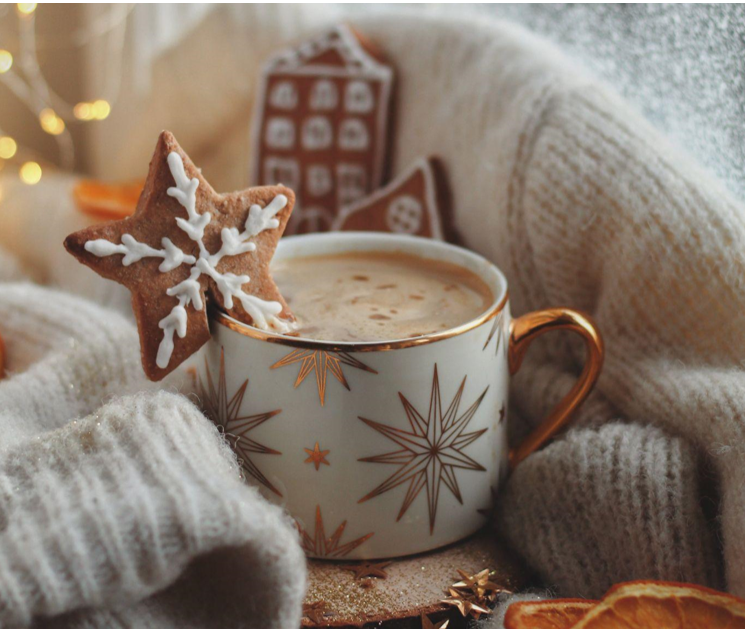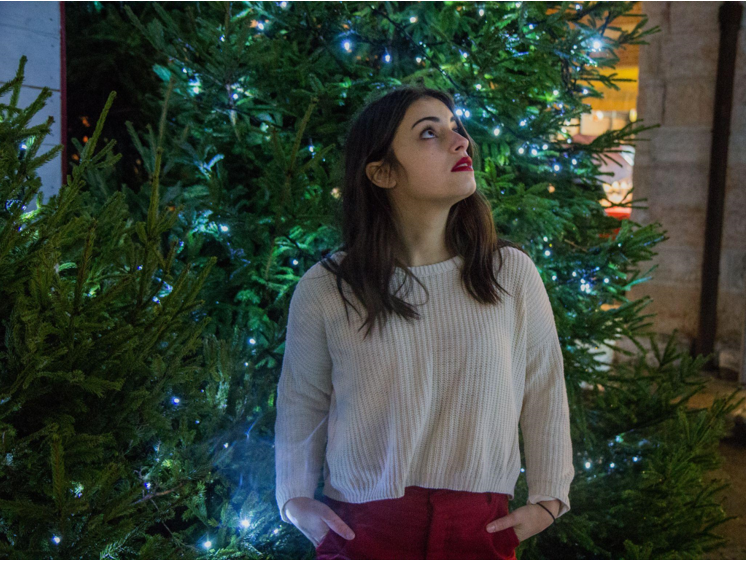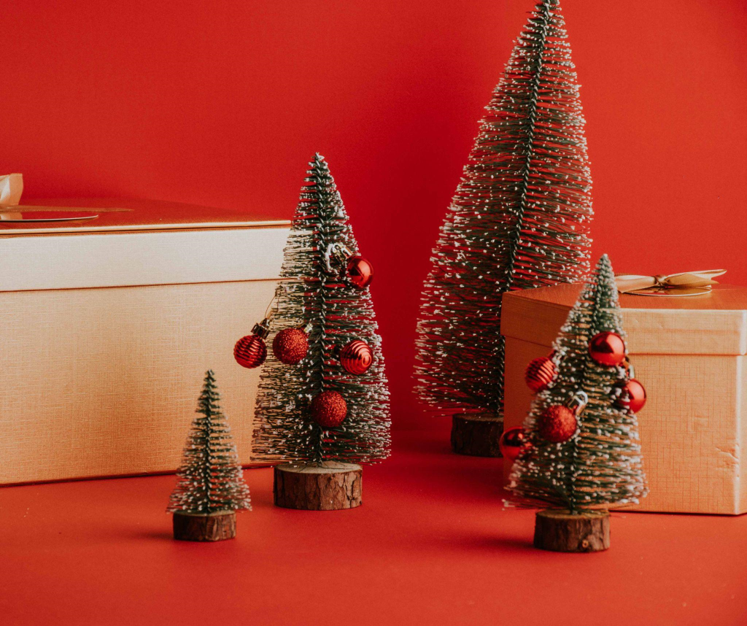Christmas Lights and Decorations
When you hear the phrase “Merry Christmas” or “Happy Christmas,” the first thing that might come to mind is the bright and colorful Christmas lights that adorn homes, windows, and streets during the holiday season. These lights have become a quintessential part of the holiday tradition, providing millions worldwide warmth, joy, and cheer.
Christmas lights can be traced back to the 17th century when German Christians began decorating their homes with candles to celebrate the birth of Jesus Christ. The tradition slowly spread across Europe and the United States, and from candles evolved into electric-powered lights that we see today.
Santa Claus and Father Christmas
Another well-known aspect of Christmas is Santa Claus or Father Christmas, depending on where you live. Both figures share many similarities, but there are also some critical differences between the two.
Santa Claus is a jolly, rotund figure dressed in a red suit and hat who delivers presents to children worldwide on Christmas Eve. His origins can be traced back to Saint Nicholas, a bishop from 4th-century Turkey who was known for his generosity towards the poor and his love for children.
In contrast, Father Christmas is a more traditional British figure who originated in the 17th century and symbolizes the spirit of Christmas. He is often depicted as a stout, bearded man wearing a long green coat and hat and carrying a staff.
Christmas Carols and Silent Night
Christmas carols are another hallmark of the holiday season. From ‘Jingle Bells’ to ‘Joy to the World,’ these festive songs have been around for centuries and played an integral role in Christmas celebrations worldwide.
One of the most beloved Christmas carols is ‘Silent Night,’ originally written in German by a priest named Joseph Mohr in 1818. The story goes that Mohr wrote the song after the church organ broke down on Christmas Eve, and he needed a song that could be played on the guitar. Today, ‘Silent Night’ is sung in over 300 languages and is a staple of Christmas Eve church services.
In Conclusion
Whether you say “Merry Christmas” or “Happy Christmas,” one thing is clear: the holiday season is a time for celebration, love, and unity. From the dazzling Christmas lights and Santa Claus to Christmas carols and traditions, the holiday season is when people from all walks of life come together to celebrate the birth of Jesus Christ and spread joy to one another. So, no matter how you celebrate this year, remember to spread warmth and kindness to those around you. Merry Christmas, Happy Christmas, and Happy Holidays to all!




